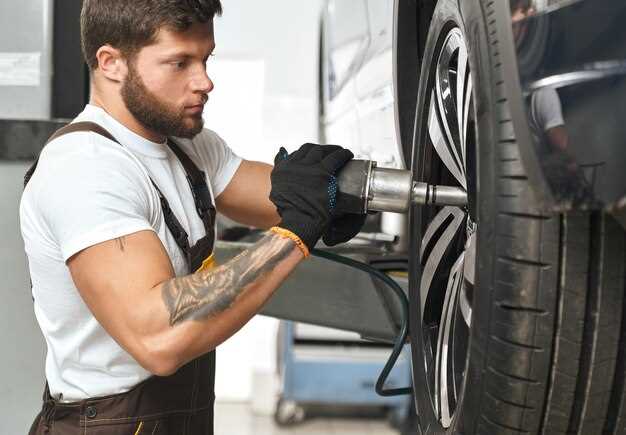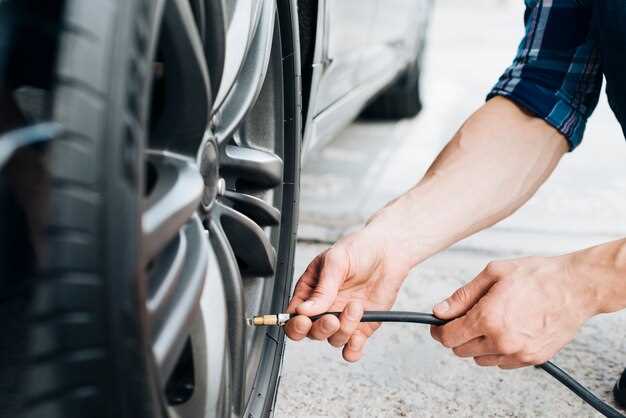
Maintaining the correct tire pressure is crucial for the performance and safety of your BMW. The appropriate pressure directly impacts fuel efficiency, handling, and overall driving comfort. Over- or under-inflated tires can lead to uneven tire wear, decreased traction, and compromised safety on the road.
BMW recommends specific tire pressures for each model, considering factors such as weight distribution and driving characteristics. Adhering to these recommendations not only enhances your vehicle’s fuel efficiency but also ensures optimal performance in various driving conditions. A well-inflated tire minimizes rolling resistance, which allows the engine to operate more efficiently, ultimately saving you money at the pump.
In this article, we will explain how to find the ideal tire pressure for your BMW model, the benefits of maintaining proper tire pressure, and tips for monitoring and adjusting it effectively. Understanding these factors will help you enjoy a safe and economical driving experience.
How to Check and Adjust Tire Pressure for Different BMW Models

Maintaining optimal tire pressure is crucial for the performance and economy of any BMW model. Ensuring that your tires are inflated to the recommended levels not only enhances safety but also improves fuel efficiency and prolongs tire lifespan. Here’s a guide on how to effectively check and adjust tire pressure for various BMW vehicles.
Step 1: Locate the Recommended Tire Pressure
Before checking tire pressure, refer to the owner’s manual or the sticker located on the driver’s side door jamb. This typically provides the recommended pressure settings for both front and rear tires, which may vary between different BMW models.
Step 2: Use a Reliable Tire Pressure Gauge
To measure the tire pressure accurately, use a reliable tire pressure gauge. Digital gauges are commonly preferred for their ease of use, but analog gauges can also be effective. Make sure to check the pressure when the tires are cold, as driving heats up the tires and can give a false reading.
Step 3: Checking the Pressure
Remove the valve stem cap from the tire and firmly press the gauge onto the valve stem. A hissing sound indicates air is escaping, which is normal briefly. Read the gauge to determine the current pressure. Compare this reading with the recommended values noted earlier.
Step 4: Adjusting the Tire Pressure
If the pressure is too low, use an air compressor to inflate the tire to the recommended level. Check pressure frequently while inflating to avoid over-inflation. If the tire pressure is too high, release some air by pressing down on the valve stem to achieve the optimal settings.
Step 5: Regular Monitoring
Regularly check tire pressure, ideally once a month and before long trips. This proactive approach allows you to maintain fuel economy and ensures safety while driving your BMW.
By following these steps, you can ensure that your BMW remains in excellent driving condition, promotes fuel economy, and maximizes the lifespan of your tires. Proper tire pressure management is an essential aspect of vehicle maintenance that every driver should prioritize.
Understanding the Impact of Tire Pressure on BMW Fuel Economy
Tire pressure plays a crucial role in determining the overall fuel economy of BMW vehicles. Maintaining optimal tire pressure ensures that the tires operate efficiently, reducing rolling resistance and allowing the engine to use fuel more effectively. Under-inflated tires increase resistance, causing the engine to work harder and consume more fuel, which negatively impacts miles per gallon (MPG) ratings.
Conversely, over-inflated tires can lead to uneven wear and decreased traction, also affecting fuel efficiency. Striking the right balance in tire pressure is essential for peak performance. BMW recommends regular tire pressure checks to ensure that the tires are inflated to the manufacturer’s specifications, which can usually be found on the driver’s side door jamb or in the owner’s manual.
A well-inflated tire not only enhances fuel economy but also contributes to safer driving conditions. Better handling and braking capabilities are achieved with the correct tire pressure, leading to more efficient driving and potential fuel savings. Therefore, maintaining the recommended tire pressure is a simple yet effective way for BMW owners to improve their vehicle’s fuel economy and overall performance.
Identifying Common Tire Pressure Myths Related to BMW Vehicles

Accurate tire pressure is crucial for the optimal performance of BMW vehicles. However, several myths can mislead owners regarding the implications of tire pressure on fuel economy and overall vehicle safety. Here, we will explore these common misconceptions to ensure proper understanding.
-
Myth 1: Higher Tire Pressure Always Means Better Fuel Economy
While it’s true that maintaining the recommended tire pressure can enhance fuel efficiency, excessively high pressure can lead to decreased contact with the road. This may result in uneven tire wear and reduced traction, ultimately compromising safety and fuel economy.
-
Myth 2: Tire Pressure Should Be the Same Year-Round
Temperature fluctuations can affect tire pressure. Cold weather can cause tires to lose pressure, while heat can increase it. It’s essential to regularly check and adjust the tire pressure according to seasonal changes, rather than sticking to a fixed number throughout the year.
-
Myth 3: It’s Normal to Inflate Tires Beyond the Recommended Level
Overinflating tires may seem like a way to improve fuel efficiency, but it can be detrimental. BMW vehicles are designed to operate within specific pressure ranges. Ignoring this can lead to blowouts and reduced handling capabilities.
-
Myth 4: Visual Inspection is Enough to Determine Tire Pressure
Visual cues like tire bulges or low tread can indicate issues, but they do not accurately reflect pressure levels. Using a reliable tire pressure gauge is the only way to ensure optimal inflation and maintain fuel economy.
-
Myth 5: Tire Pressure Monitoring Systems (TPMS) are Always Accurate
While TPMS can be a helpful feature, they are not infallible. Sensors can fail or provide misleading information, making periodic manual checks necessary to ensure accurate tire pressure, thus safeguarding against adverse effects on fuel economy.
By debunking these myths, BMW owners can make informed decisions about maintaining tire pressure, ensuring both fuel efficiency and vehicle performance are optimized. Always refer to the owner’s manual for the recommended pressure levels to achieve the best results.
